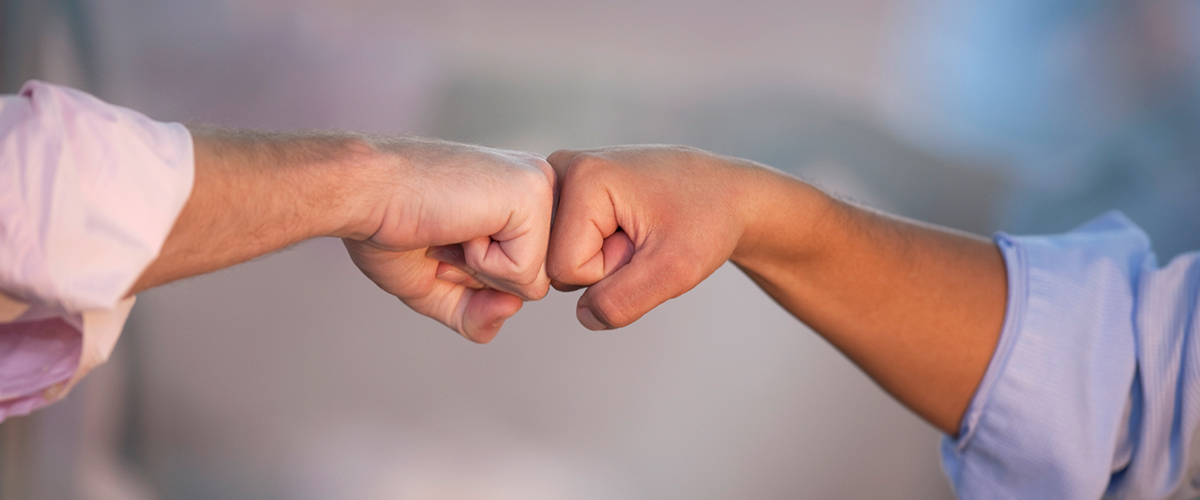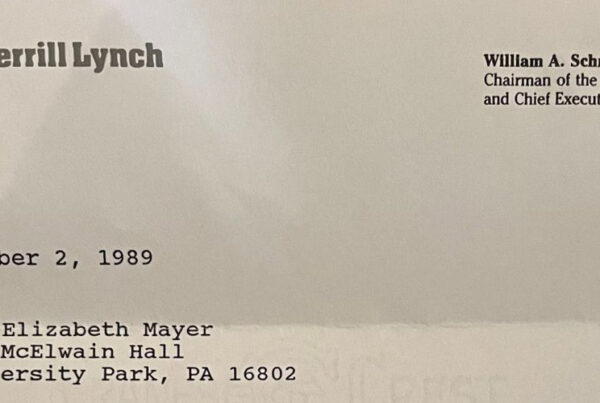
Article Summary: Body language can speak volumes when telling your business story. How you stand, hold your head, place your arms and direct your gaze are all part of the message. If you stand confidently and speak confidently, you will be heard loud and clear. I have met tens of thousands of people and watched thousands of presentations. When communicators are confident in their story, that confidence shines through. When you communicate face-to-face, the interaction is richer because you can make use of nonverbal cues. This is why e-mail and phone communication can be less effective. Whether you are giving an informal presentation, a conference presentation, storytelling or data storytelling, speaking at your all-hands meeting, training, you name it, good body language strongly influences your success.
Getting to Yes – Make Body Language Work for You
Copyright © 2008, Washington Business Journal. Used by permission.
Ira J. Koretsky
May 16, 2008
Body language can speak volumes when telling your business story. How you stand, hold your head, place your arms and direct your gaze are all part of the message.
If you stand confidently and speak confidently, you will be heard loud and clear. I have met tens of thousands of people and watched thousands of presentations. When communicators are confident in their story, that confidence shines through.
A confident business storyteller is memorable and credible.
By understanding the body language you use as well as the body language of your listeners, you can do a better job telling your business story when networking, when closing a deal and, really, communicating in any social or business situation.
When you communicate face-to-face, the interaction is richer because you can make use of nonverbal cues. This is why e-mail and phone communication can be less effective.
Here are some key points to keep in mind when you are meeting somebody in person.
Smile Warmly
Having an open, friendly smile signals to others that you are cooperative.
Imagine the chairman of the board frowning as he addresses shareholders. Would the audience trust him? Probably not. Imagine that you are answering a question in a job interview. The hiring manager will absolutely judge your nonverbal cues. A smile goes a long way to make a great first impression.
Make Good Eye Contact
Good eye contact shows personal involvement and creates an intimate bond. A mutual gaze narrows the gap between people. Eye contact indicates interest, attention, and involvement.
If you are the speaker, eye contact says “I care about you” and “you should listen to me” and “you can trust me.” The great news anchors and talk show hosts convey all those emotions because they are looking straight into the camera or maintaining eye contact with their interview subject.
If you are the listener, good eye contact shows you are paying close attention.
Offer Firm Handshakes
Peace treaties have been agreed upon, multimillion-dollar deals sealed, and doors opened on the strength of a handshake. It is a signature of sincerity, power and agreement, so you want to get it right.
Have you ever experienced a dead-fish handshake? What first and lasting impression did that person make?
A strong handshake involves the entire body. Smile, make good eye contact, extend your hand and point the center of your torso (think belly button) toward the other person.
A bit of interesting history: The handshake came into practice when medieval kings and knights grasped one another’s hand to show they did not possess a concealed weapon and posed no harm. In the 21st century, a good handshake conveys the same warm feeling of likability and trust.
What Body Language Says About You
Greetings are a place where cultural issues can come into play. If you are meeting a prospect from another culture, take measures to know the appropriate body language.
In certain cultures, it is taboo for a man to shake a woman’s hand. In others, bowing is the preferred greeting. In some places, it is offensive to give the thumbs up or OK sign.
The placement of your arms says a lot. They should be relaxed and at your sides. Crossing them over your chest is usually received as a sign of being defensive and closed off.
Similarly, if you the other person’s arms are crossed, you need to ask yourself “why?” Is the room cold, is it a natural position, or is the person truly closed off? Ask yourself, what do I need to do to gain trust and change his/her body language?
Any physical object between you and your conversation partner becomes the same kind of barrier as crossed arms. Examples are a chair, desk, drink or food plate. If you are at a social function, hold your drink in your left hand at your side near your leg.
I am an avid people watcher. I have seen people who radiate confidence and sincerity. I have also seen people who can improve their body language with a few tweaks that can make a big difference.
Next time you are in a meeting or networking, be a relationship scientist. Study what you do and what others do. Sometimes the little things matter more than you will ever know.
Interested in improving (dramatically) your public speaking, presentation, storytelling, or data storytelling skills?
FURTHER READING – ALL WASHINGTON BUSINESS JOURNAL ARTICLES
- Everyone has a Story to Tell, and You Need One Too (read)
- Say What you Want, Say it in Under 30 Seconds (read)
- Step Away from the Urn, and Other Networking Tips (read)
- Keeping it Real – Learn to Heed Your Authentic Voice (read)
- Getting to Yes – Make Body Language Work for You (read) (this article)
- Drop the Dry Presentation, Tell a Compelling Story (Part 1)
- Presenters Must Prepare Like Orchestra Conductors (Part 2)
- Great Leaders Know How to Put their Words to Work (read)
Photography Source: Photos.com
#chiefstoryteller #bettertomorrowmessage #storytelling #datastorytelling



